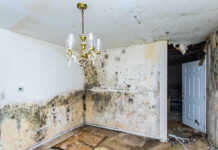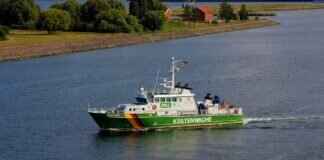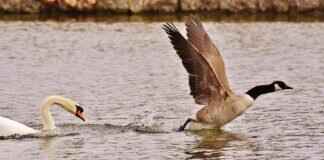Stocks Wrap a Winning May: Dow Posts Best Day in 2024
In May, companies shattered records with a surge in stock buybacks, suggesting strong corporate confidence in future earnings. A total of 154 companies announced $201 billion in planned buybacks, marking an all-time high, according to data from Birinyi Associates. Apple led the charge, unveiling a $110 billion buyback program, the largest on record. American International Group and Lam Research each announced $10 billion buyback plans. Backing up these announcements, S&P 500 companies repurchased more than $202 billion in stock during the first quarter, a figure that may increase as more data becomes available. This marks the highest quarterly total since the third quarter of 2022, when companies bought back $207 billion in shares.
The Dow and S&P 500 ended Friday higher in the final session of May. The Dow climbed 1.5%, while the S&P 500 added 0.8%. The Nasdaq Composite finished marginally below flat. While all three indexes ended the week down, they all clocked gains for May.
Shares of Boeing rose nearly 2% Friday, hitting a new high of the session following Fitch Ratings’ announcement that it is maintaining its rating on the company. However, Fitch lowered its 2024 forecasts for the company’s aircraft deliveries and free cash flow.
Several retailers posted their quarterly earnings after the bell Thursday. Morgan Stanley analyst Simeon Gutman hiked the price target on Costco, citing the company as “among the best compounding growth stories in retail.” On the other hand, Ulta Beauty saw a price target decrease due to a weaker beauty backdrop and moderating merchandise margins.
A pullback in consumer spending in April led to sharp downgrades for economic growth in the second quarter. Goldman Sachs and the Atlanta Federal Reserve both revised their GDP growth outlook following weaker spending data.
While stocks experienced a sell-off this week, Wells Fargo expects more turbulence on Wall Street moving forward, with the 2024 election remaining a ‘wildcard.’ The Dow and S&P 500 have had a better May than in previous years, outperforming historical averages.
In other news, Boston Beer shares surged amid talks of a potential deal with Suntory, while Chevron could outpace Exxon this year depending on the outcome of a battle over oil assets in Guyana.
U.S. crude oil finished its worst month of the year ahead of an OPEC+ meeting, while Salesforce headed for its worst week since 2011. The Nasdaq Composite roared back in May, outperforming the S&P 500 by more than 2 percentage points.
Energy and consumer discretionary stocks underperformed in the S&P 500 this month, while chip stocks ended the week with a slide. MongoDB saw its worst day since 2022, and Dell Technologies plunged almost 22%, on track for its worst trading day in history.
Overall, stocks are heading for a losing week but a winning month, with the Dow outperforming and software ETF poised for its worst week since late 2022. European markets opened slightly higher on Friday, while China’s manufacturing sector unexpectedly contracted in May.
Inflation in the euro zone rose to 2.6% in May, and the dollar index hit a session low, on pace for its first negative month in 5. Tokyo’s core inflation rose 1.9% in May, while Japan’s industrial output in April posted a surprise fall. South Korea’s industrial production rose in April, while retail sales fell.
In after-hours trading, Zscaler surged nearly 15% after beating third-quarter expectations, while MongoDB tumbled 23% on weaker guidance. Dell Technologies plunged more than 14% despite beating expectations in its first-quarter results. Stock futures opened lower on Thursday night.














